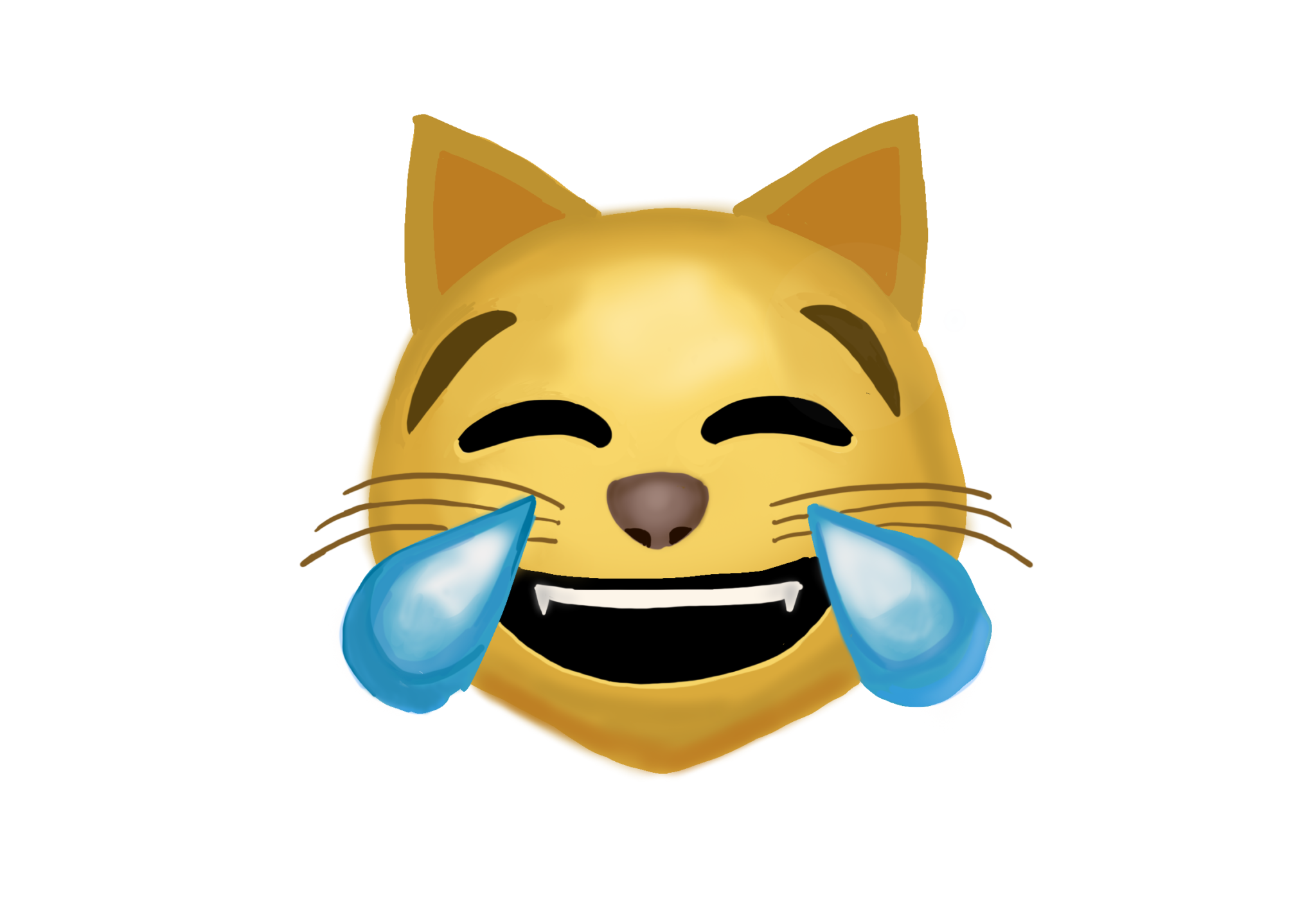
Lizzie Conklin
Do you still use emojis? I do 🙂 And let me tell you, there’s something of an exact science behind what goes into properly curating emoji use. In my opinion, the line between coming off cringy and funny is wire thin; it’s all about striking a balance.
I like to think of emoji use with a venn diagram. On one side there is ironic emoji use, on the other there is unironic emoji use. And in the middle there is a realm of ambiguity that categorizes the ideal, the coveted, the ironically unironic use of an emoji.
There’s so much variety in the types of emoji, how they’re used and by whom, that it can’t be boiled down to a general rule. This is more of a case-by-case type of science.
First of all, there are so many different types of emojis. There’s the standard, run of the mill, Apple emojis. The smiley faces and shapes you find on the keyboard of a beloved iPhone are tried and true classics. Sometimes hyper-realistic but always well-intentioned. There’s also the Samsung emojis. They’re the cousin to the Apple emojis, but are a bit more comically expressive. Although they lack some of the realism of Apple emojis, they compensate with their goofiness. Google emojis are at a crossroads of the two. They don’t have enough dimension to be serious and aren’t so one-dimensional to be outright goofy. And then there’s the real classic: the good old 🙂 😉 :/ :P.
And amidst this vast array of emoji types, there’s a subset of the kinds of people who use emojis. The most entertaining to witness is parents over the age of 40 trying to be “hip” with the new technology these kids keep inventing. It seems like they’re using them ironically, but you know that they most likely don’t have the social knowledge to realize that. It’s arguably one of the purest forms of emoji use, both in their intention and our reception.
There are also the angst ridden middle schoolers who just got their first cell phones. Naturally, overusing the emojis that they now have access to at their fingertips. We’ve all been there. The switch from the elementary school pen and paper Super S to the digital laughing emoji was a cataclysmic life alteration for many of us. This kind of unironic overuse of emojis diminishes their marginal utility and makes them cringe-worthy. It’s simple economics: more product = lower added value.
Then there are people that are too cool for real emojis, so they use 🙂 😉 and :/. I have to admit to falling victim to this minimalist approach when I want to unironically use emojis. They’re objectively cute, minimalist and unironic. When I want to respond to someone’s comment on my Instagram post but I’m not sure what to say, <3 has never done me wrong. An actual heart emoji can come across as sarcastic. And if I really want to make someone feel remorseful, I just end my text with :/. If someone hits you with :/ you know you messed up. These minimalistic emojis convey more profound emotion than their Apple counterparts could ever hope to express. Keyboard emojis are beautiful, simple, oldschool and you can use them unironically without it being cringey.
Now, to perfectly craft your emoji-use you have to strike a balance between funny and serious. If you ask me, emojis should be used almost exclusively in irony. Serious emoji-use strays into the territory of parents and middle schoolers. But you also don’t want to be hyperbolic with the satire. You have to be classy and strategic about it. To achieve this sweet spot, you have to use emojis seriously, but with sarcastic intentions. Ironically unironic. The joke lies in the fact that it’s not a joke. Yes it’s a paradox; but that’s what makes it fun.
I’ve reached the conclusion that the science of emoji use is finding the case-by-case balance of being tastefully well placed and yet subtly sarcastic. I urge you to try adding an emoji to the next text you send.
With class, of course :^)







